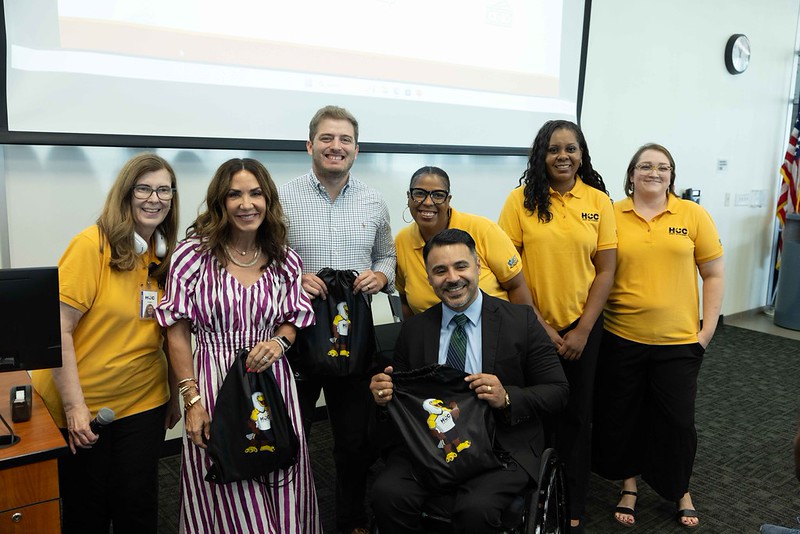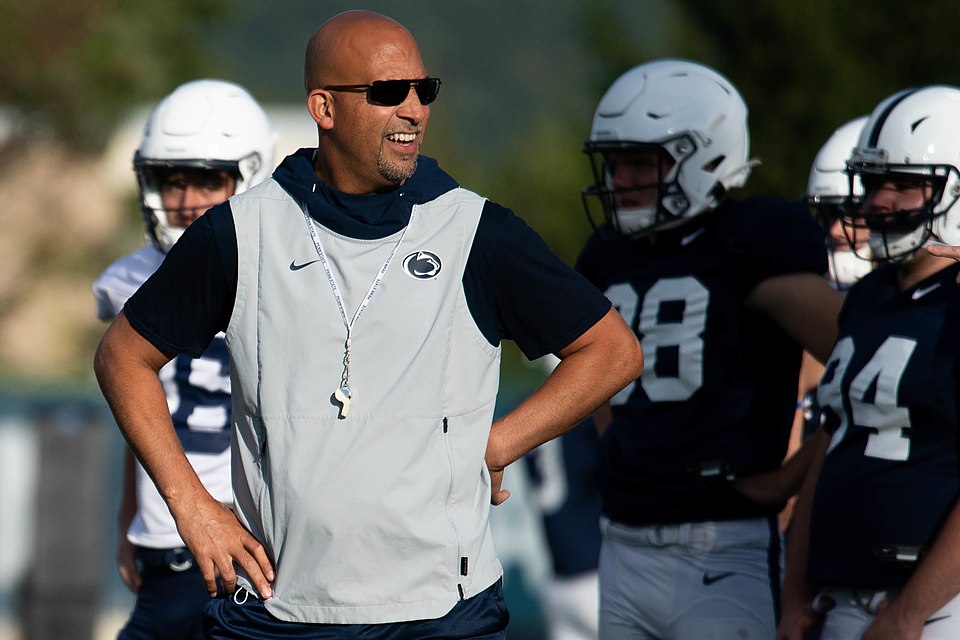College readiness
March 13, 2016
“College readiness is not an ISD problem. It’s not an HCC problem. It’s our problem as a community,” stated Catherine O’Brien, HCC’s Assistant Vice Chancellor for College Readiness.
She spoke at a College Readiness Summit at the West Loop campus on March 2. In attendance were faculty and staff from Lone Star College, HCC, and other private and municipal school districts.
Panelist and keynote speaker Dr. Anna Schmidt, the development English department chair at Lone-Star, collaborated with Cy-Fair ISD to re-write the high school curriculum for English in order to counter the issues facing student placement from the Texas State Initiative test or TSI and laxed secondary school preparation.
Nearly 1.7 million students nationwide need remedial classes before enrolling in their respective courses, according to a study by Complete College America.
Susan Firth, the director of advanced academics from Cypress ISD and Dr. Michel Rodriquez Zuch, the Dean of Academic Affairs from Lonestar, collaborated with Schmidt in creating the CARE Academy as an alternative for incoming students.
The CARE Academy stands for College Awareness, Readiness, and Education and is an academic track that certain students can enter if they meet the requirements for college readiness set by Lone Star.
These requirements consists of earning a B letter grade or higher in Advanced Algebra and/or English IV, a C or higher in the college readiness course, completing a LSC-CyFair application, filling out a prior Learning Assessment Form, providing a high school transcript, and enrolling in college level English or math courses.
The English IV course from secondary school is now aligned with English 0309, otherwise known as Integrated Reading and Writing. This was all done in response to Texas House Bill 5 to identify the best practices in fostering college readiness.
Advanced Algebra, the secondary school math course, which Schmidt admitted was “a developmental course” that doesn’t prepare students for calculus or trigonometry, is now aligned with Math 0308 or Introductory Algebra.
Initially, there was push-back when Schmidt and her co-workers began to brainstorm ideas for revising the English course curriculum. Teachers were afraid “their favorite pieces of literature would go away,” Schmidt recalled.
In revising, there was more emphasis on incorporating contemporary pieces that would be practical for students in the classroom.
“[It was] the fear of the unknown. The more it becomes known, the more it becomes the staple, the standard thing,” Schmidt points out, noting the slow transition. Worry lessened when teachers were able to be kept in the loop of what pieces of literature they could continue using.
Another challenge faced was in the alignment of the math course where Schmidt and other teachers had to come up with their own curriculum and syllabuses by themselves.
That involved contacting the textbook publishers and informing them of their ideas for student learning outcomes or the necessary topics they hope students will learn by the end of the course.
For alignment pathways into college English at HCC, a high school student must perform above 520 on Critical Reading of the SAT, pass the TSI if necessary, gain AP credit for Comp 1 or 2, or take dual credit courses. An end-of-course exam can also be taken in order to waive students from the TSI exam.
“Right now, the particular focal area is in how do we shorten the amount of time it takes for a student to get to college-level courses,” O’Brien reiterates.

























